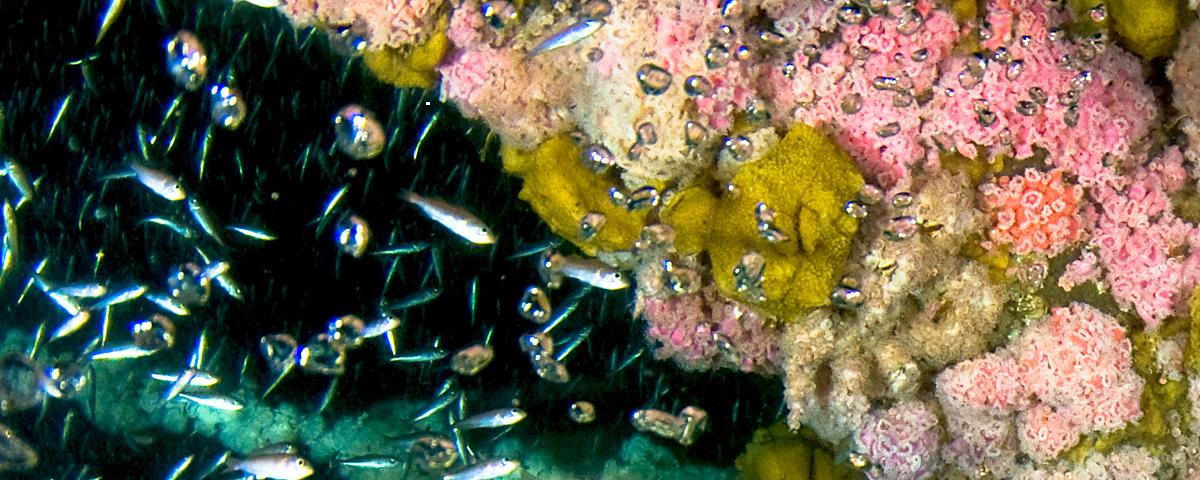Disturbance of deep-water reef communities by exploratory oil and gas operations in the Santa Maria Basin and Santa Barbara Channel
Abstract
From the Study Results: “The deep-water (>65 m [210 ft)] seafloor of the project area was predominantly soft bottom and contained a relatively small portion (< 10%) of hard-bottom substrate. Of the 274 exploratory wellsites identified in water depths greater than 65 m (210 ft), only 60 were reported on or near hard-bottom substrate. After reviewing all available information, nine wellsites were identified that had a high potential for containing anchoring-related disturbances. Of these nine sites only four provided good evidence for disturbances on hard-bottom communities.
The epifaunal communities were significantly altered in scar areas having fewer species and lower density of organisms. These community changes were largely due to alteration of the physical habitat by anchoring operations.
Anchoring disturbances altered the substrate composition by decreasing substrate size and by increasing or decreasing the amount of exposed, hard-bottom habitat. The physical damage to hard-bottom habitat caused by anchoring operations is long-lasting (e.g., 26 years or greater). Because hard-bottom epifauna have preferences for relief height, size of substrate, and different tolerances to sediment fluxes, communities will not recover to pre-disturbed conditions where the substrate has been altered. Where the hard-bottom substrate was disturbed by anchoring operations but not crushed or removed, complete recovery of the dominant, hard-bottom invertebrate groups can occur within 26 years. Certain long-lived taxa that are rare on hard-bottom, such as various sponge species, may require longer than 26 years to completely recover. For fast growing opportunistic species recovery was complete within 12 years. Motile species probably recover much faster due to immigration. Impacts associated with drilling muds and cuttings appear to be less severe than those associated with anchoring impacts.”

